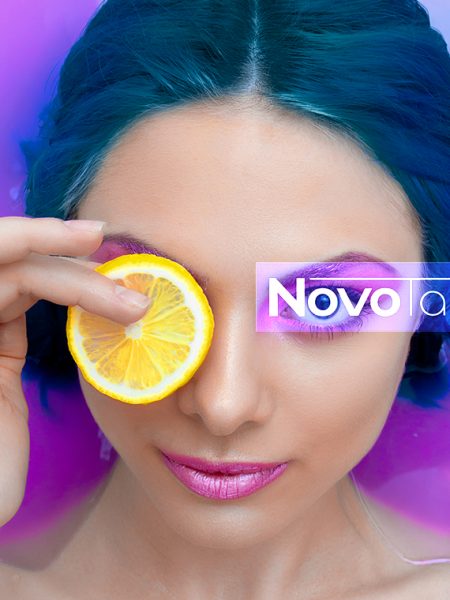We interact with the world in multisensory ways. However, we engage with technology, advertising, entertainment & with each other in singular sensory ways. This is changing due to advances & the integration of sensory ques or inputs into a variety of applications or technologies, such as advertising, art, entertainment, communication etc…As we make these advancements, machines are also progressively gaining more sensory abilities.Our general understanding of our main five senses is also advancing & there is mounting evidence that they are all interconnected. Many of us have heard or even participated in the famous experiment involving tasting & smelling three different coloured beverages having the exact same flavour profile. Green coloured liquids usually get perceived as lime or green apple & yellow variations are thought to be either banana or lemon. Interestingly enough, by conducting the same experiment, but replacing the different colours with songs or sounds will also have a similar effect. Combining sound & colour variations would ultimately confuse individuals & generate false results.
Flavours & edible scents are starting to be used in a variety of different applications, services & being integrated into a variety of technologies. The driving force for this is the quest to make “man-made” things more interactive, authentic & multisensory. Another reason why flavours & edible scents are being progressively used in new ways is because they have the powerful ability to evoke stronger emotions & memories.
Flavour systems are multisensory by default, since smell & taste are interrelated. However, flavours can also contribute other sensory attributes, such as hot & cold sensations. These elements can enhance a flavour profile, bring more complexity & produce added sensations to a variety of applications. The synergy between hot & cold sensations is interesting because they can partially cancel each other out & at low levels, they take time to be properly perceived.
We can make your flavour profiles really multisensory & make sure that your products get the ultimate sensorial response. Sample our customized multisensory cucumber flavour profiles that can make your applications taste great & stand out from the crowd!
How many senses do we have?
Wikipedia: A sense is a physiological capacity of organisms that provides data for perception. The senses and their operation, classification, and theory are overlapping topics studied by a variety of fields, most notably neuroscience, cognitive psychology (or cognitive science), and philosophy of perception. The nervous system has a specific sensory nervous system, and a sense organ, or sensor, dedicated to each sense. Humans have a multitude of sensors. Sight (vision), hearing (audition), taste (gustation), smell (olfaction), and touch (somatosensation) are the five traditionally recognized senses. The ability to detect other stimuli beyond those governed by these most broadly recognized senses also exists, and these sensory modalities include temperature (thermoception), kinesthetic sense (proprioception), pain (nociception), balance (equilibrioception), vibration (mechanoreception), and various internal stimuli (e.g. the different chemoreceptors for detecting salt and carbon dioxide concentrations in the blood, or sense of hunger and sense of thirst). However, what constitutes a sense is a matter of some debate, leading to difficulties in defining what exactly a distinct sense is, and where the borders lie between responses to related stimuli.
Source: Multisensory flavours – Adding flavour to your success













